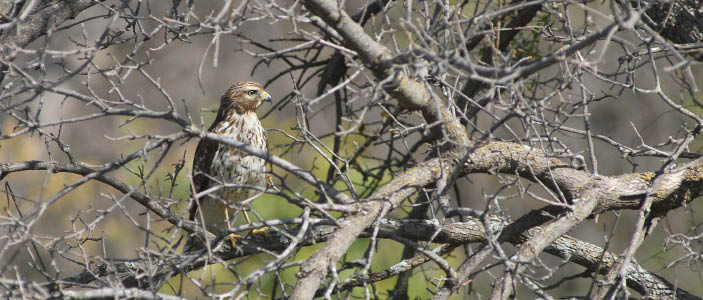If you live in the White Rock Lake area, there is no need to subscribe to National Geographic or travel the world to witness breathtaking wildlife, because these fine-feathered creatures gather here in your own backyard.
Photos by Robert Bunch
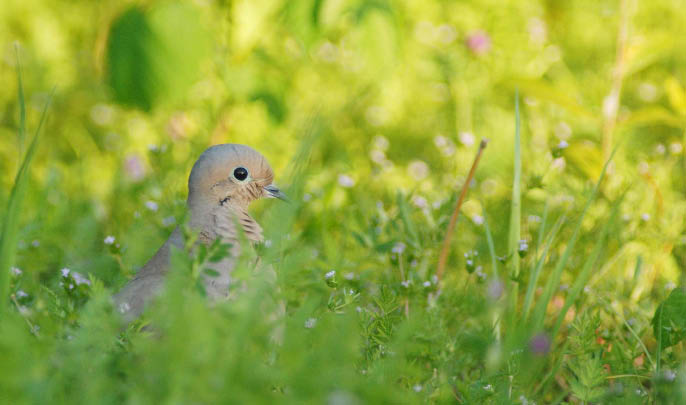
The mourning dove, often seen in open fields or on overhead perches such as telephone poles, might soon be outnumbered by larger white-winged doves that have moved here from the South, says Betsy Baker, an Audubon member and bird watcher who frequents the old fish hatchery, a popular birding spot southwest of the lake.
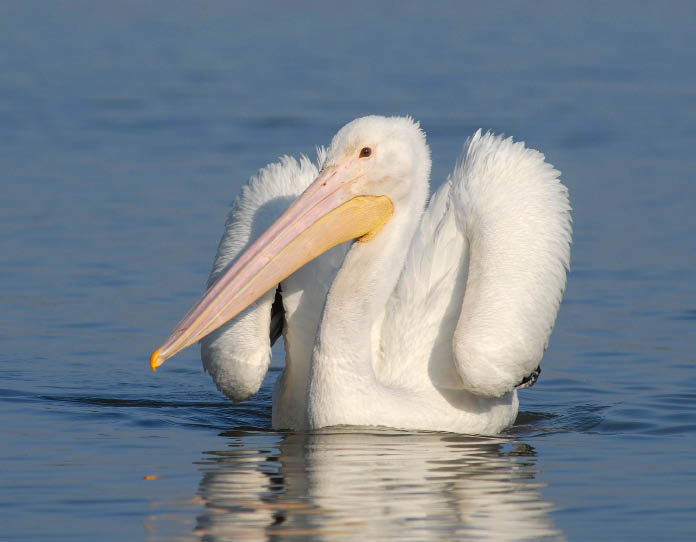
The American white pelican can often be spotted in Sunset Bay, near the southeastern shore of the lake.
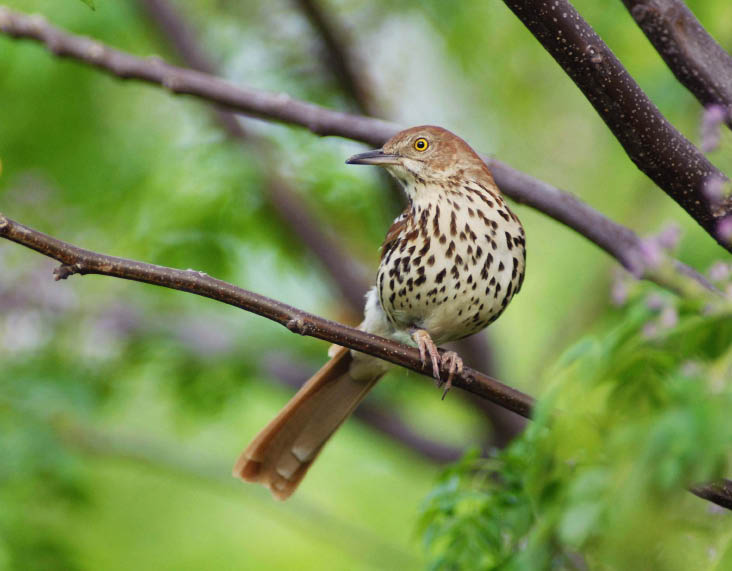
The brown thrasher has a repertoire of 2,000 or more original songs.
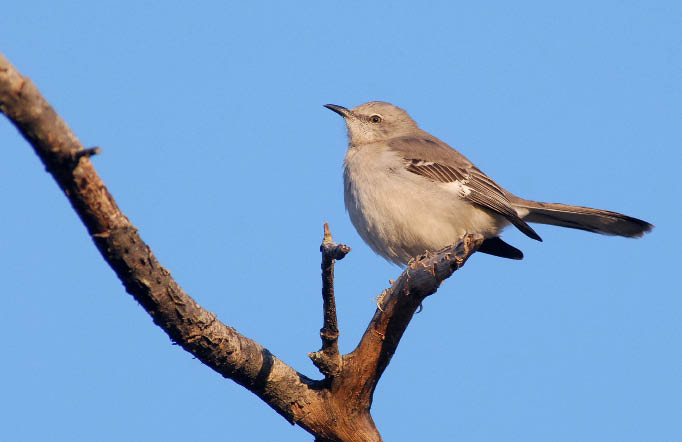 The northern mockingbird, our state bird, is named for the male’s habit of mimicking the songs of all the birds it hears in its lifetime.
The northern mockingbird, our state bird, is named for the male’s habit of mimicking the songs of all the birds it hears in its lifetime.
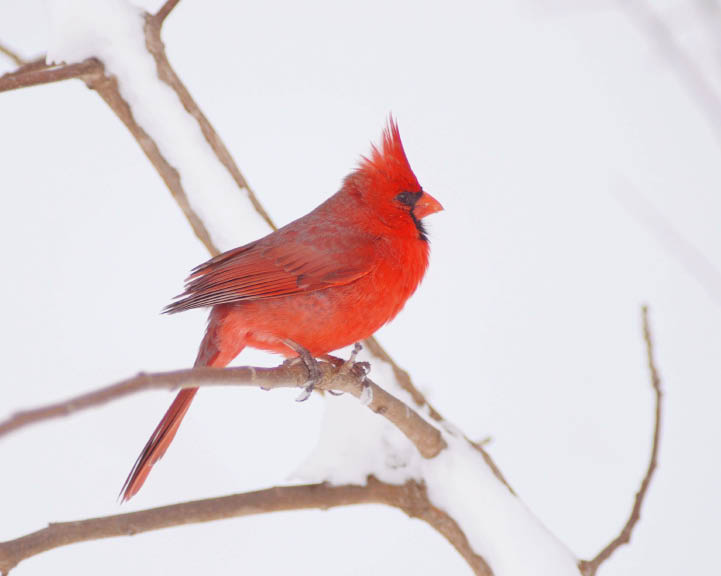
The male northern cardinal, though familiar, never fails to turn heads with its breathtaking plumage, which is especially evident against the backdrop of a snowy winter day. “Called the redbird by many locals, the iconic bird of Christmas cards is well represented in all seasons at White Rock,” Baker says.
The red-tailed hawk might be seen soaring above open fields, turning circles on wide, rounded wings, or one might spot him perched high in a tree, eyes fixed on the ground looking for a squirrel or rabbit to eat. Red-tailed hawks are known to snatch up animals twice their size, Master Naturalist Jay Forrester, who lives in the White Rock area, has said.
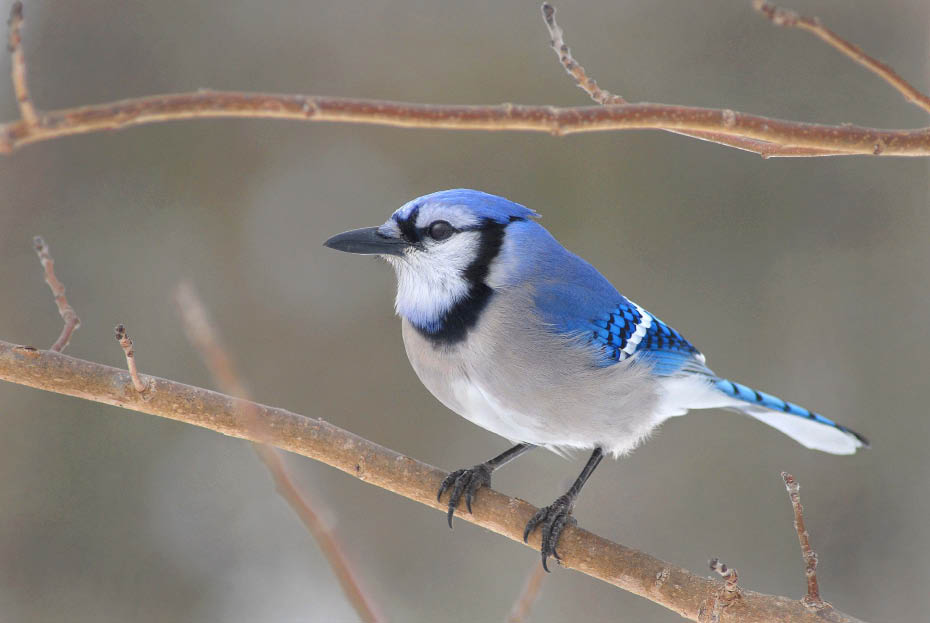
The blue jay, which resides in the eastern states, is known for its intelligence, complex social systems with tight family bonds, and, by the casual observer, for its noisy calls. But the blue jay has a more musical and softer sound than one might expect, Baker says. center
 Robins might be seen “flying overhead in flocks on early winter mornings, hunting for worms in damp patches, alone or in small groups,” Baker notes. “They really seem to get around.”
Robins might be seen “flying overhead in flocks on early winter mornings, hunting for worms in damp patches, alone or in small groups,” Baker notes. “They really seem to get around.”
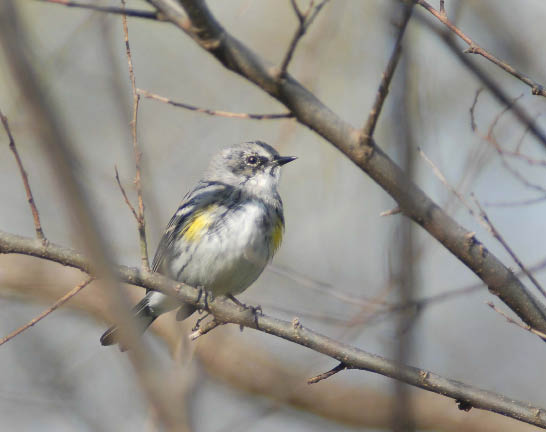
Yellow-rumped warblers are affectionately called “butterbutts” by some bird lovers, Baker says. “These little birds with the patch of bright yellow feathers just above the beginning of the tail are here year round and can often be found foraging in flocks,” she says.
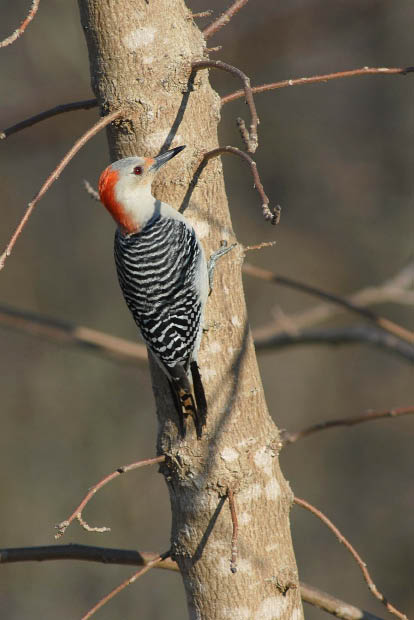
“Red-naped” Woodpecker would be a more apt name for the red-bellied woodpecker — red on the back of his neck is always visible. He is the larger of the two most commonly seen woodpeckers at the lake; the smaller is the downy woodpecker.
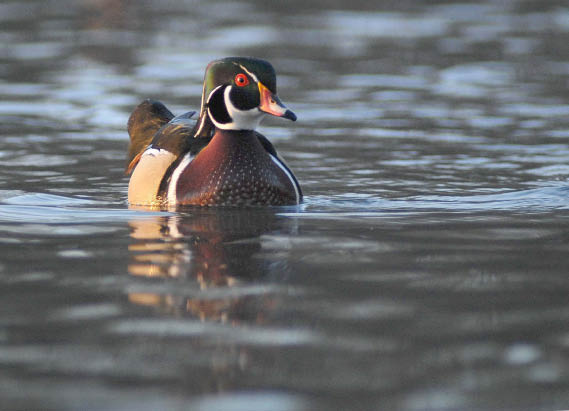 Many people consider the vividly colored wood duck to be the most beautiful of all waterfowl, Baker says pointing out its so-called “Cleopatra eye”. At White Rock Lake, a neighborhood Boy Scout Troop helps the wood duck population by placing nest boxes around the lake and hatchery.
Many people consider the vividly colored wood duck to be the most beautiful of all waterfowl, Baker says pointing out its so-called “Cleopatra eye”. At White Rock Lake, a neighborhood Boy Scout Troop helps the wood duck population by placing nest boxes around the lake and hatchery.
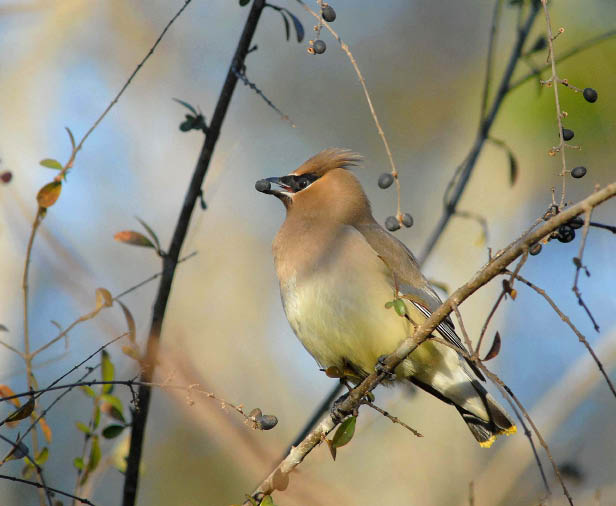 Cedar waxwings gather by the hundreds to indulge in their favorite treat, berries. “A flock of waxwings can clean a bush or small tree of berries in no time,” Baker says. “In late winter or spring, when the berries have fermented, you might see a flock of drunken waxwings staggering about or sleeping it off on the ground.”
Cedar waxwings gather by the hundreds to indulge in their favorite treat, berries. “A flock of waxwings can clean a bush or small tree of berries in no time,” Baker says. “In late winter or spring, when the berries have fermented, you might see a flock of drunken waxwings staggering about or sleeping it off on the ground.”

